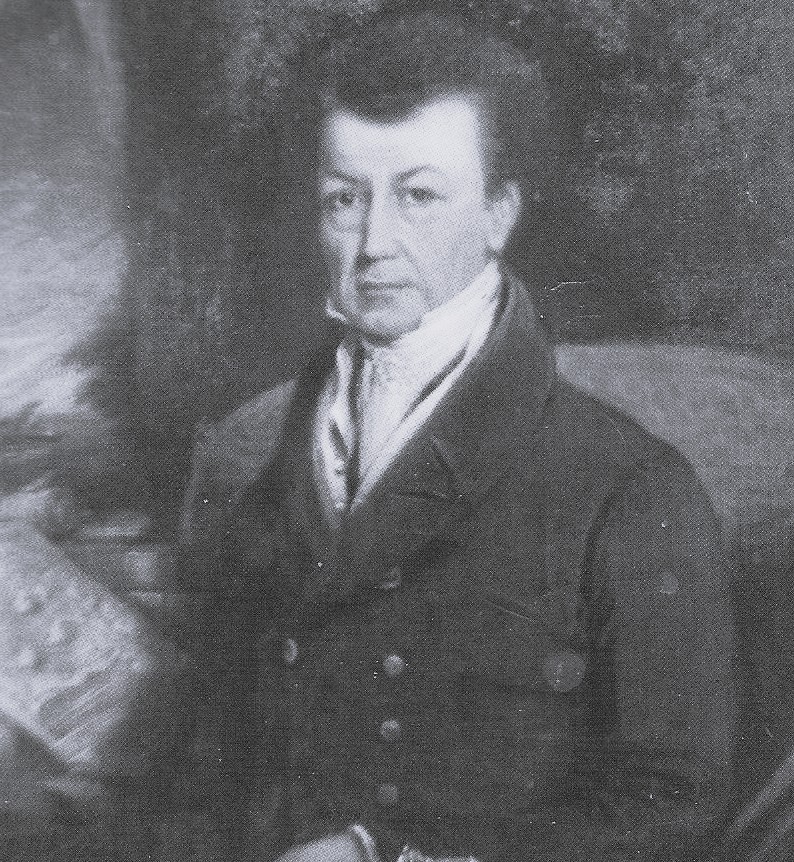
The History of the Tennant Canal
Designated as Site of Importance for Nature Conservation (SINC 226), the Tennant Canal stretches eight miles from Port Tennant in Swansea to its junction with the Neath Canal at Aberdulais, holding great historical and ecological significance.
For nearly two centuries, the Tennant Canal has linked Neath and Swansea, running from Aberdulais to Port Tennant. Initially called the Neath and Swansea Junction Canal, it adopted the name Tennant Canal by 1845. The canal was the brainchild of George Tennant, who emerged in the South Wales industrial landscape with a vision to create a waterway for transporting the mineral wealth of the Neath Valleys to the thriving docks of Swansea.
Construction of the canal commenced on October 8, 1817, under the direction of engineer William Kirkhouse. By autumn 1818, the canal was completed, extending from near the east pier on the River Tawe at Swansea to the River Neath at Trowmans Hole, later known as Red Jacket Pill. The site earned the name Red Jacket from a copper works that produced casings for armaments. The project also incorporated a portion of the abandoned Glan-y-Wern canal. Records show that on the first day of construction in 1817, the 67 workers consumed a total of 61 pounds of bread, 30 pounds of cheese, and a barrel of ale.
Tennant believed Swansea docks provided a superior shipping location compared to Neath or Giant’s Grave. In 1820, he undertook an ambitious project to extend his canal from a junction near Red Jacket Pill, through Neath, and up to Aberdulais. This extension required crossing the River Neath to link with the existing Neath canal. He sought support from local landowners, including Lord Jersey, Lord Dynevor, and the Duke of Beaufort, but received none. Undeterred, Tennant chose to build the canal privately, without an Act of Parliament. Construction resumed in 1821 under the guidance of engineer William Kirkhouse, resulting in the longest private canal in the UK.

William Kirkhouse faced significant engineering challenges in Skewen and Neath Abbey, where a 500-yard (460 m) cutting had to be excavated through what appeared to be quicksand. To stabilize the site and prevent collapse, an inverted masonry arch was built to contain the canal. In 1824, George Tennant described this quicksand as extremely fine-grained and elusive, so deep that no available tool was long enough to reach its bottom.
The canal extended from the east pier on the River Tawe at Swansea to Aberdulais Basin, where it connected with the Neath Canal. The water depth measured 5 feet (1.5 m) between Red Jacket and Aberdulais, increasing to 7 feet (2.1 m) from Red Jacket to Swansea Harbour. At the Swansea end, Tennant constructed a sea-lock, allowing boats to enter Fabian Bay, and named the area Port Tennant.
Just before arriving at Aberdulais Basin, the canal crosses the River Neath on the striking Aberdulais Aqueduct. This impressive structure spans 340 feet and includes ten arches, as well as a single-span cast-iron trough over the Aberdulais Cut navigation. The lock-free canal, extending from Swansea to Aberdulais, opened on 13 May 1824 and covers 8.5 miles (13.7 km). Construction cost around £20,000, not including the land acquisition or the harbour at Port Tennant.
The first barges loaded with coal from Protheroe’s collieries in the Vale of Neath crossed the aqueduct and slowly made their way to Swansea, accompanied by a brass band, pleasure boats, and thousands of spectators. The completion of the canal provided a direct route to Swansea, bypassing the River Neath entirely. The Cambrian newspaper reported, “Yesterday we witnessed with great satisfaction, joined by thousands of spectators, the opening of Mr. Tennant’s Junction Canal.” In its first seven weeks, 376 barges carrying 5,930 tons of coal and timber traveled the canal. Additionally, “a considerable number of passengers have also journeyed upon it, and the inhabitants of Neath and the surrounding area are allowed to navigate it with their families, servants, shop goods, and parcels—all free of charge.”
As a working canal, several shorter branches were built to serve local industries, though many have since fallen into disuse or been built over:
- Dulais branch: A branch that ran to a forge and rolling mill on the River Dulais near the Aberdulais Falls.
- Vale of Neath Brewery branch: A branch that connected the canal to the brewery at Cadoxton.
- Neath Abbey Iron Works branch: A branch that served the iron works.
- River Neath branches: Several branches, including one with a lock, provided access to the River Neath for industrial traffic.
- Glan-y-wern Canal Junction: An early link to the former Glan-y-wern Canal, which was later incorporated into the Tennant Canal.
- Tir-isaf Colliery branch: A branch serving the colliery near Port Tennant.
- Port Tennant dock links: Over time, the terminus at the Swansea end was modified with links to the Prince of Wales Dock and later the Kings Dock as the port was developed.
After 1851, the canals encountered competition from the Vale of Neath Railway, but the Tennant Canal continued to be profitable until the 1890s. A key factor in the Tennants’ success was maintaining steady tolls despite a drop in tonnage, while most canals sharply reduced tolls to compete with railways. By 1921, the Neath Canal was nearly abandoned. Navigation on the Neath Canal ceased in 1934, soon followed by the closure of the Tennant Canal.
The canal was subsequently used as a water source for developing local industries, including the BP Oil Refinery at Llandarcy and BP Chemicals at Baglan, both of which had closed by 2004. From 2013, the Port Tennant Company operated under an agreement to supply significant volumes of water from the canal to industries at Baglan Bay, utilizing large pumps near Jersey Marine. However, on March 24, 2021, the company ceased operations, and the Baglan group of companies was liquidated.